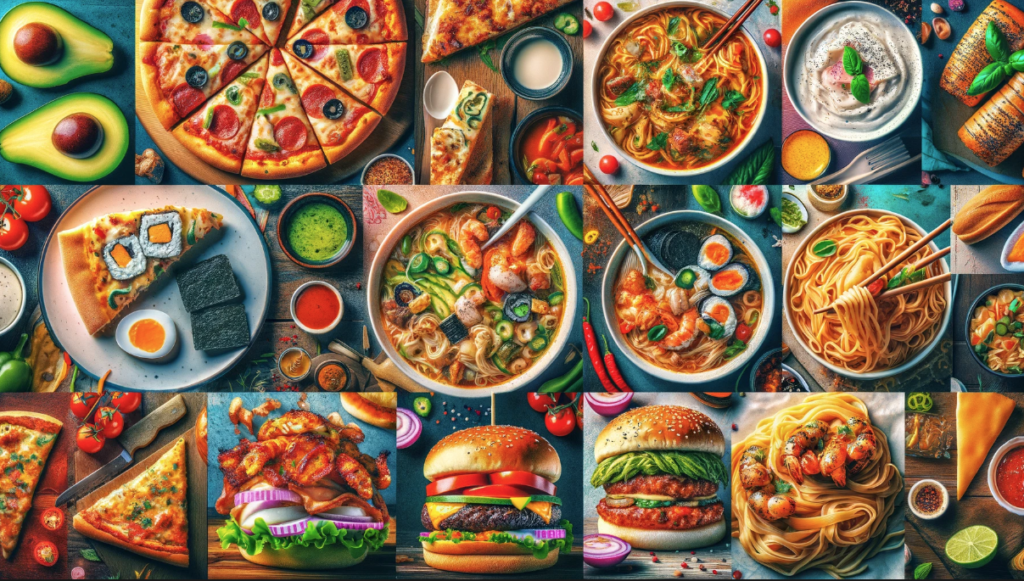Lesson 12.
Sports You Play or Watch (するまたは見るスポーツ)

▮ Explanatory Text:
Sports play a significant role in many people’s lives, whether they are participants or spectators. Playing sports can improve physical health, teach teamwork and discipline, and provide a sense of accomplishment. Watching sports, on the other hand, can be thrilling, bringing people together to cheer for their favorite teams or athletes. It’s a universal interest that transcends language and cultural barriers. Discussing the sports you play or watch not only shares your interests but also encourages conversations about health, dedication, and community.
▮ Common Phrases:
1. I enjoy playing…
2. My favorite sport to watch is…
3. I’m a big fan of…
4. One of my best memories is playing/watching…
5. I admire athletes who…
▮ Example Sentences:
1. I enjoy playing soccer with my friends on the weekend.
2. My favorite sport to watch is basketball, especially during the playoffs.
3. I’m a big fan of Serena Williams because of her determination and skill.
4. One of my best memories is watching the World Cup with my family.
5. I admire athletes who overcome adversity to achieve their goals.
▮ Discussion Instructions:
Discuss the sports you enjoy playing or watching. Share why these activities are meaningful to you and any personal experiences that have made these sports special in your life. Talk about your favorite teams or athletes and what makes them stand out to you. If you have any memorable moments related to playing or watching sports, whether it’s a personal achievement or a historic game, share those stories. This is a chance to explore the importance of sports in building character, fostering relationships, and uniting people.
















